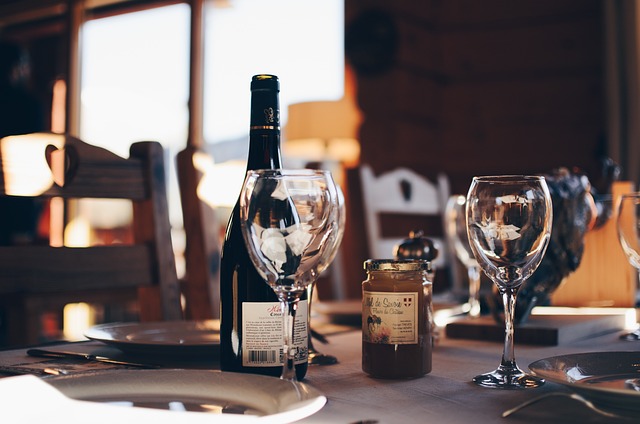In the competitive world of beverage production, packaging is a silent salesman. Both liqour bottles and glass bottle juice containers play a crucial role in defining brand perception, ensuring product safety, and capturing consumer attention. For distilleries, juice producers, glass bottle retailers, and wholesalers, understanding the distinct design, material, and branding differences between these two categories is essential for market success.
Material & Thickness: Strength Tailored to Purpose
The structural demands of liqour bottles differ significantly from those of glass bottle juice containers. Liquor bottles require thicker, heavier glass to ensure durability, especially given the higher alcohol content and longer shelf life. According to industry data, premium liquor bottles typically weigh between 500g to 900g, providing not just strength but also a premium feel in the consumer’s hand.
In contrast, glass bottle juice packaging focuses on practicality and cost-effectiveness. Juice bottles generally range from 300g to 500g, making them lighter for easier transport and handling. This weight reduction helps juice brands optimize logistics while maintaining product integrity.
Closure Systems: Function Meets Tradition
Closures are more than functional—they’re part of the product story. Liqour bottles often use corks or premium screw caps, creating an experience of quality and tradition. A well-sealed cork enhances the perception of craftsmanship, a vital attribute in the spirits industry valued at USD 546 billion in 2023.
Meanwhile, glass bottle juice packaging favors twist-off metal caps or tamper-evident closures. These closures offer convenience and safety, particularly important in a sector focused on freshness and mass distribution.
Branding Opportunities: Differentiation at Shelf Level
Both liqour bottles and glass bottle juice containers offer unique opportunities for visual branding. Liquor brands often invest in embossing, engraving, and unique shapes to convey exclusivity. Limited edition bottles and custom embossing can increase shelf impact by up to 70%, according to packaging studies.
On the other hand, juice brands rely on vibrant, full-color labels and clear glass to showcase the product’s natural appeal. Consumers are drawn to visible freshness, and transparent glass amplifies this perception.
Sustainability: A Shared Responsibility
Sustainability is a growing concern in both segments. Glass remains a 100% recyclable material, and both liqour bottles and glass bottle juice packaging benefit from high recycling rates—glass recycling rates in Europe, for instance, exceed 76%. Brands embracing recycled content and refillable models align themselves with eco-conscious consumers.
Conclusion
Understanding the distinctions between liqour bottles and glass bottle juice packaging empowers brands and wholesalers to make informed decisions. Whether you aim to elevate a premium spirit or promote a fresh juice line, choosing the right glass packaging enhances brand value, supports sustainability, and meets evolving market expectations.

0 Comments